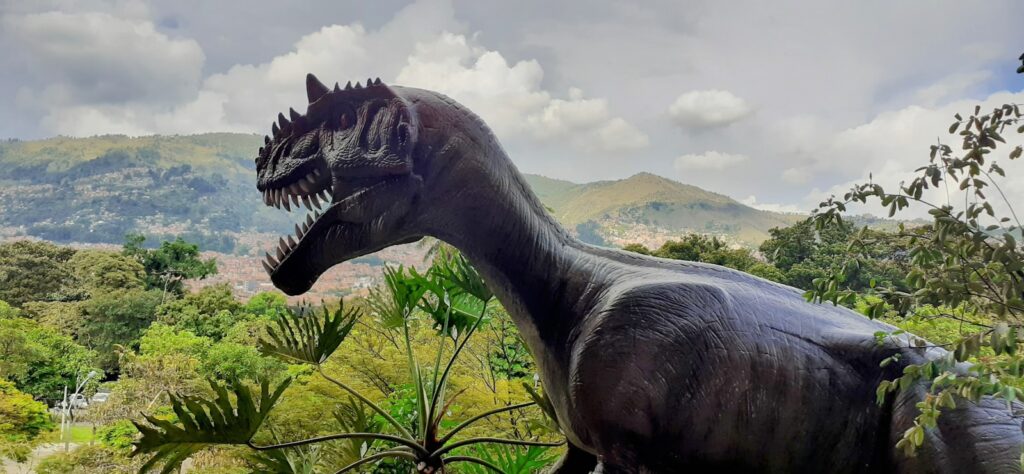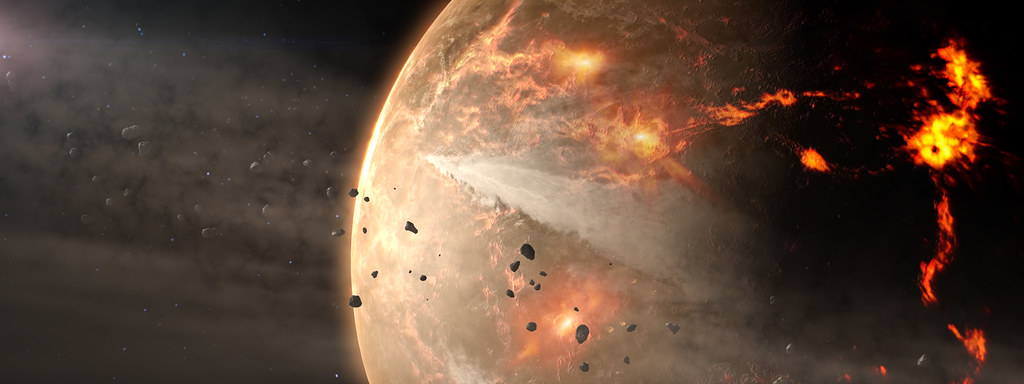Imagine standing in a landscape where the ground trembles beneath your feet, not from an earthquake, but from the thunderous footsteps of creatures that dwarf modern elephants. Welcome to the Cretaceous period, a time when Earth’s ecosystems reached their pinnacle of complexity and supported the most formidable predators our planet has ever known. This wasn’t just about size – it was about an intricate web of life that had evolved over millions of years to create the perfect storm of conditions for apex predators to thrive.
The Greenhouse World That Changed Everything
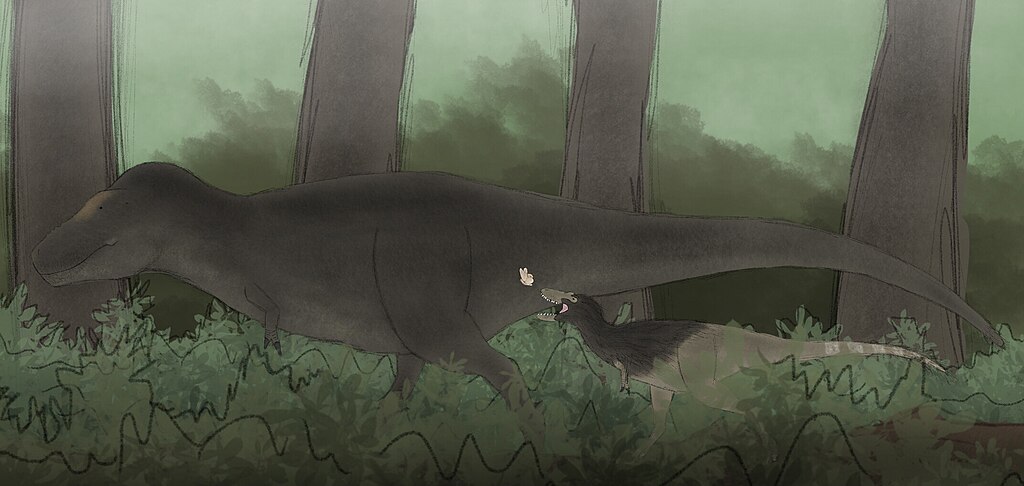
The Cretaceous period, spanning from 145 to 66 million years ago, was Earth’s ultimate greenhouse experiment. Global temperatures soared 6-14 degrees Celsius higher than today, creating a world without polar ice caps where palm trees grew in Alaska and crocodiles basked in Arctic waters. This dramatic warmth fundamentally transformed how life could exist on our planet.
The absence of ice caps meant sea levels rose dramatically, flooding vast continental areas and creating shallow inland seas that became nurseries for marine life. These warm, nutrient-rich waters supported enormous populations of fish, marine reptiles, and countless invertebrates. The result was a food web so abundant and interconnected that it could sustain predators of unprecedented size and appetite.
Oxygen Levels That Supercharged Growth
During the Cretaceous, atmospheric oxygen levels reached approximately 23% – significantly higher than today’s 21%. This might seem like a small difference, but it was revolutionary for large predators. Higher oxygen concentrations meant more efficient cellular respiration, allowing massive creatures to maintain their energy-intensive lifestyles.
Think of it like upgrading from regular gasoline to premium fuel – everything ran better, faster, and stronger. Large theropods could sustain prolonged hunts, while massive marine reptiles could dive deeper and hold their breath longer. This oxygen boost was particularly crucial for gigantic predators whose size would otherwise limit their metabolic efficiency.
The enhanced oxygen also supported larger insects and other arthropods, creating a more diverse prey base. Some dragonflies reached wingspans of over two feet, while beetles grew to the size of modern house cats – all potential meals for the right predator.
Continental Drift Creating Evolutionary Hotspots
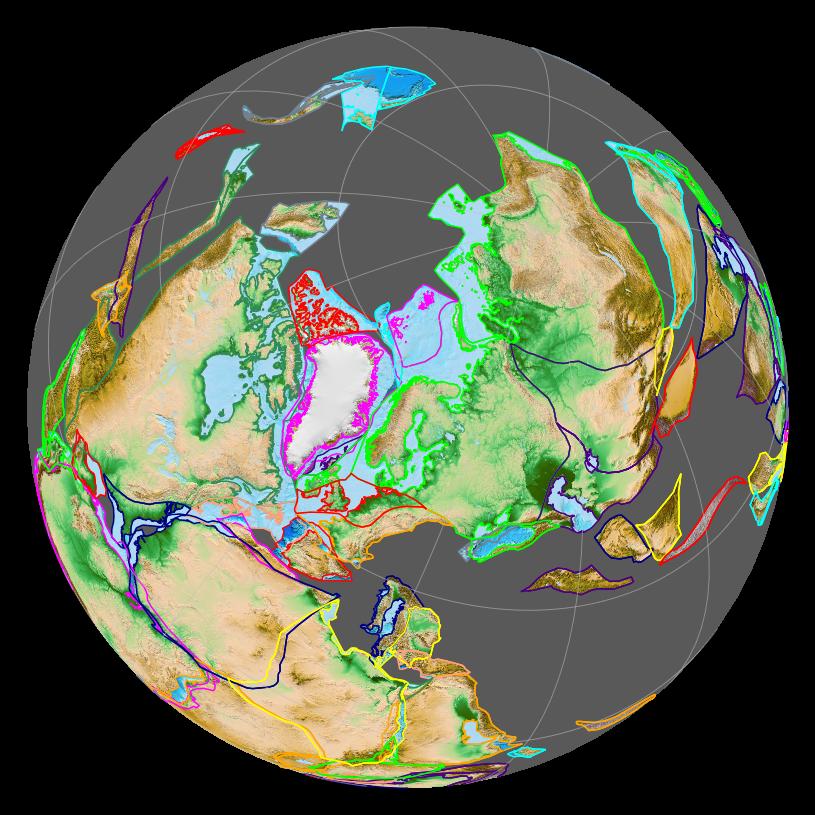
The Cretaceous witnessed dramatic continental movements that isolated different landmasses, creating distinct evolutionary laboratories. As Pangaea continued its breakup, new ocean basins formed while continents drifted toward their modern positions. This geographic isolation sparked incredible diversification among both predators and prey.
Each isolated continent developed its own unique suite of predators adapted to local conditions. South America gave rise to the massive Giganotosaurus, while Africa produced the sail-backed Spinosaurus. These weren’t just random variations – they were precision-engineered killing machines evolved for specific ecological niches.
The separation also created opportunities for island gigantism and dwarfism, leading to unusual predator-prey relationships. Some islands supported miniature dinosaurs, while others became home to oversized crocodilians and marine reptiles that had no competition from their mainland cousins.
The Rise of Flowering Plants and Herbivore Abundance

The Cretaceous marked one of evolution’s greatest innovations: the explosive diversification of flowering plants, or angiosperms. These weren’t just pretty flowers – they were nutritional powerhouses that revolutionized terrestrial ecosystems. Unlike primitive plants, angiosperms offered high-energy seeds, fruits, and leaves that could sustain much larger herbivore populations.
This botanical revolution created a cascade effect through the food web. Larger, more numerous herbivore populations meant more food for predators, supporting bigger and more diverse carnivore communities. The energy-rich plant foods also allowed herbivores to grow to enormous sizes, creating the massive sauropods and ornithopods that became prey for equally impressive predators.
The flowering plant revolution also transformed seasonal patterns. Unlike conifers and ferns, many angiosperms provided year-round food sources through fruits and seeds, reducing the boom-and-bust cycles that limited predator populations in earlier periods.
Inland Seas: The Marine Predator Highways
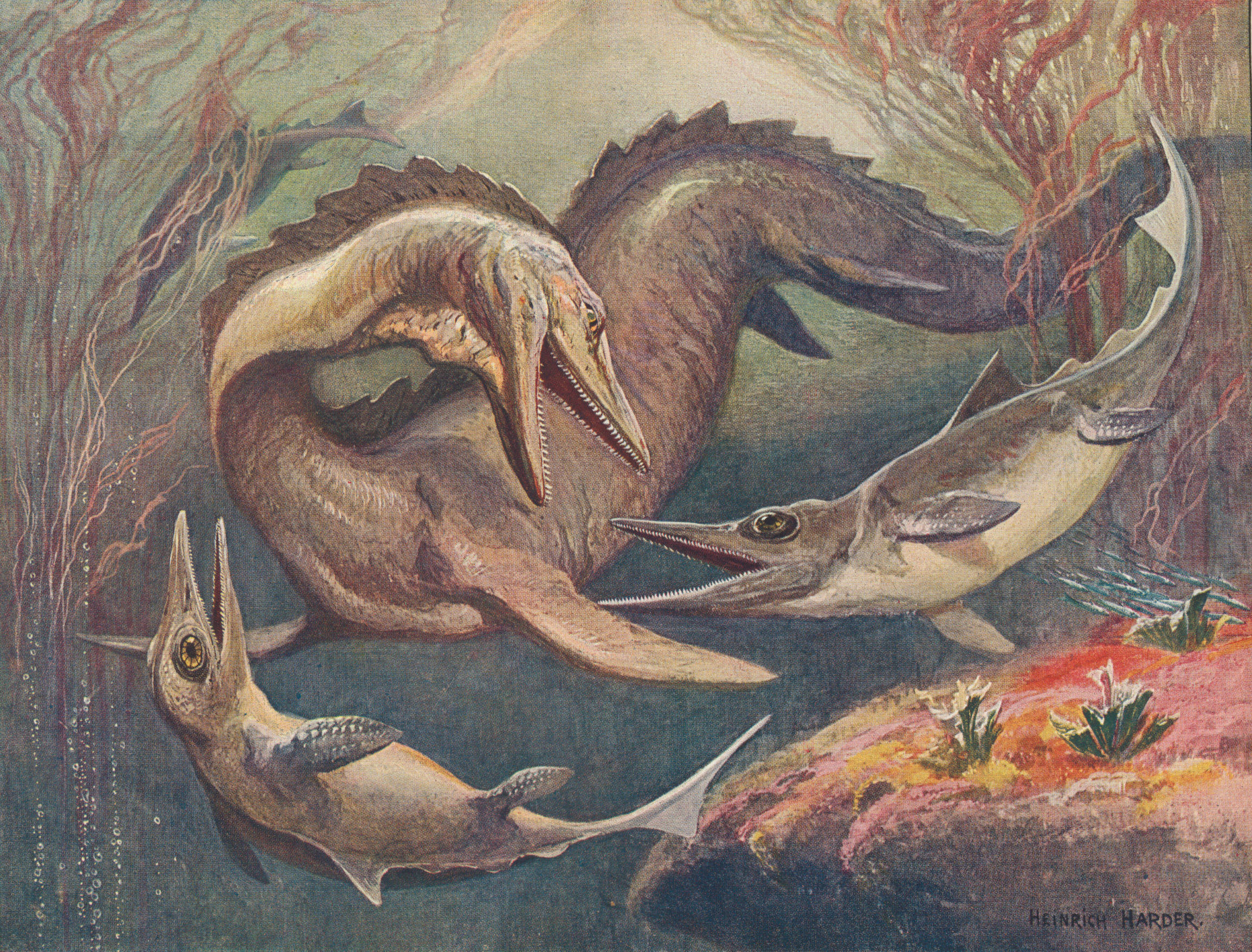
The Cretaceous featured extensive inland seas that carved through continents like massive aquatic highways. The Western Interior Seaway, for instance, split North America from the Gulf of Mexico to the Arctic Ocean, creating a 1,000-mile-long marine ecosystem teeming with life. These inland seas became the domain of some of Earth’s most terrifying marine predators.
Mosasaurs, the ocean’s apex predators, reached lengths of up to 50 feet and ruled these ancient waterways like underwater tyrannosaurs. The shallow, warm waters supported massive populations of ammonites, belemnites, and fish, providing an abundant food source for these marine giants. The confined nature of these seas also meant prey couldn’t escape to deeper waters, creating perfect hunting grounds.
These inland seas also served as migration corridors, allowing marine predators to spread across vast distances and exploit new hunting territories. The constant mixing of different water masses brought nutrients and prey species together, creating some of the richest marine ecosystems in Earth’s history.
The Perfect Storm of Prey Diversity
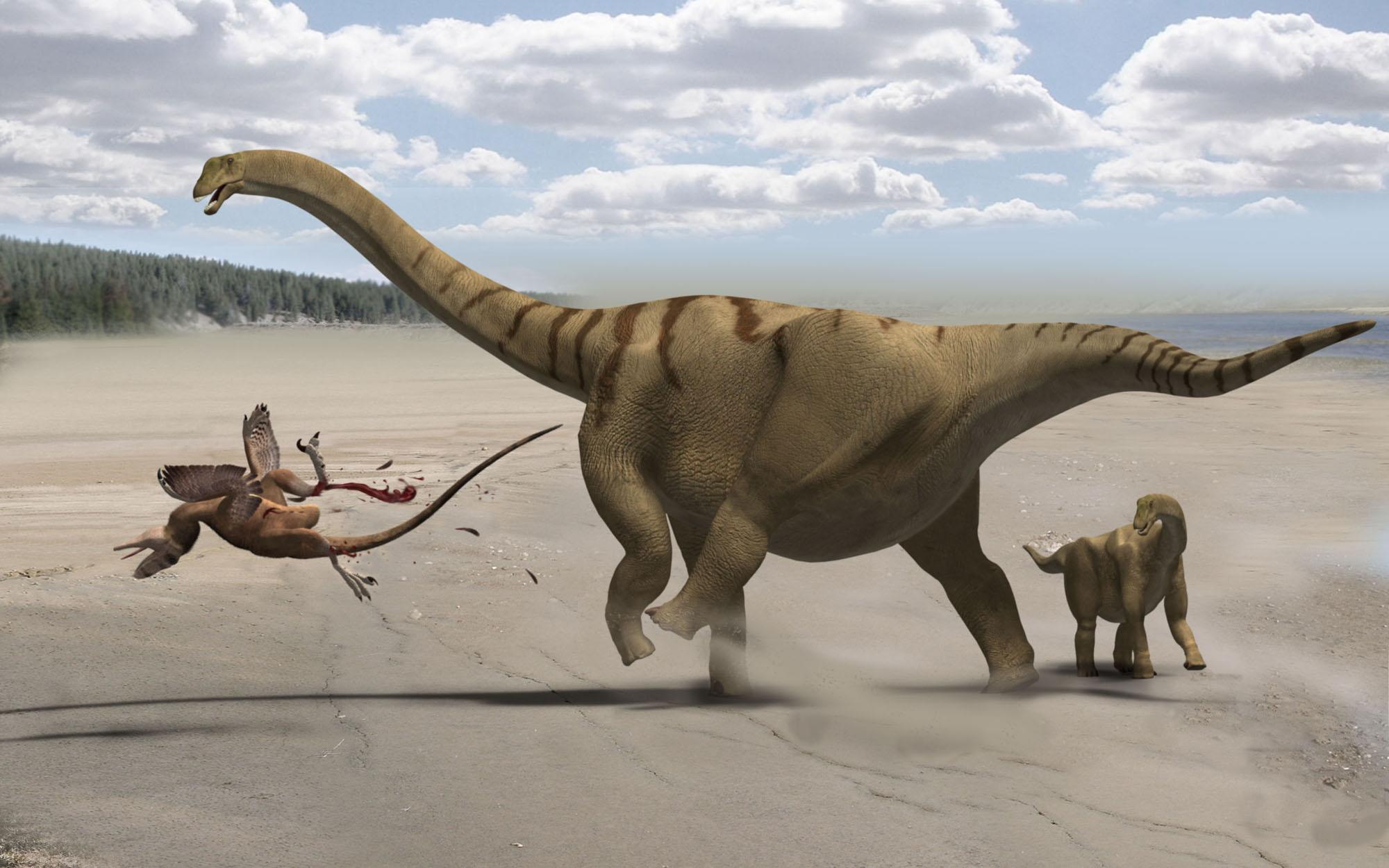
The Cretaceous was like nature’s ultimate buffet, offering an unprecedented variety of prey species for predators to exploit. From tiny mammals scurrying through the undergrowth to massive sauropods weighing 80 tons, the diversity was staggering. This variety meant predators could specialize in specific prey types, leading to remarkable evolutionary adaptations.
Different predators evolved distinct hunting strategies and body plans. Some became pursuit predators with long legs and powerful hearts, while others developed ambush tactics with massive jaws and powerful neck muscles. The variety of available prey meant multiple predator species could coexist in the same ecosystem without directly competing for food.
The abundance of prey also supported complex predator hierarchies. Smaller predators could focus on young dinosaurs and mammals, while apex predators tackled the giants. This layered system maximized the efficiency of energy transfer through the ecosystem, supporting more predators than would be possible with a simpler food web.
Volcanic Activity: The Nutrient Pump
The Cretaceous was punctuated by massive volcanic eruptions that, while destructive in the short term, provided long-term benefits to ecosystems. These eruptions released enormous quantities of nutrients into the atmosphere and oceans, acting like planet-wide fertilizer applications that boosted primary productivity across the globe.
Volcanic ash enriched soils with essential minerals, promoting explosive plant growth that supported larger herbivore populations. In marine environments, volcanic nutrients triggered massive plankton blooms that formed the base of incredibly productive food webs. These nutrient pulses created boom periods that allowed predator populations to expand rapidly.
The volcanic activity also created new island chains and altered ocean currents, establishing new migration routes and breeding grounds for marine predators. Some volcanic islands became isolated evolutionary laboratories where unique predator species could develop without interference from mainland competitors.
Climate Stability Supporting Long-Term Evolution
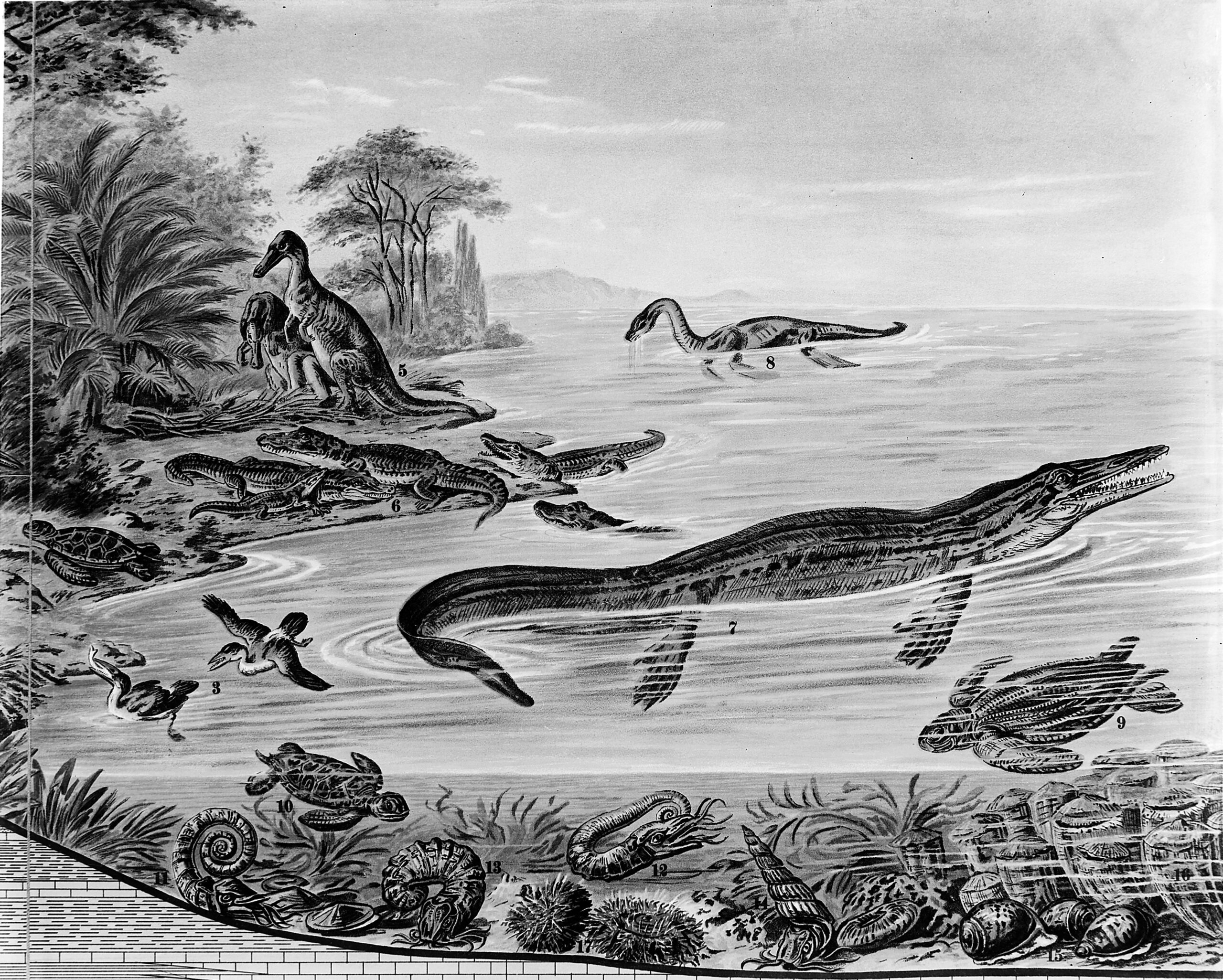
Unlike the dramatic climate swings of other geological periods, the Cretaceous enjoyed relatively stable conditions for millions of years. This stability allowed ecosystems to develop intricate relationships and reach unprecedented levels of complexity. Predators had time to evolve sophisticated hunting strategies and specialized anatomical features without constant environmental disruption.
The stable climate meant seasonal patterns were predictable, allowing predators to time their reproduction and migration with prey availability. This predictability supported the evolution of complex social behaviors among some predator species, including possible pack hunting strategies that made them even more effective killers.
Long-term stability also allowed for the development of specialized ecological relationships. Some predators evolved to follow specific prey species during migrations, while others developed seasonal hunting patterns that maximized their success rates during particular times of year.
The Tyrannosaur Dynasty: Apex Predation Perfected
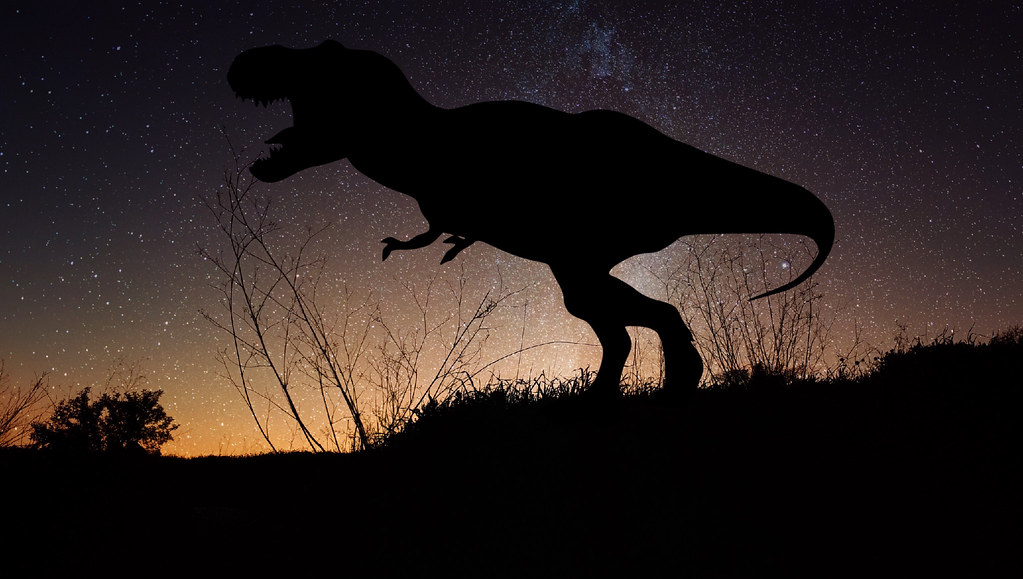
The tyrannosaur family represents the pinnacle of terrestrial predator evolution, with species like Tyrannosaurus rex becoming the ultimate expression of predatory power. These weren’t just oversized carnivores – they were precision-engineered killing machines that dominated their ecosystems for millions of years. Their massive heads, powerful jaws, and razor-sharp teeth were perfectly adapted for crushing bone and tearing flesh.
What made tyrannosaurs so successful wasn’t just their size, but their intelligence and sensory capabilities. Recent research suggests they possessed excellent vision, acute hearing, and a highly developed sense of smell that made them incredibly effective hunters. Their large brains relative to body size indicate sophisticated behavioral capabilities that likely included complex hunting strategies.
The tyrannosaur dynasty thrived because Cretaceous ecosystems could support such massive predators. The abundance of large herbivores, combined with the warm climate and rich vegetation, created perfect conditions for these apex predators to dominate their territories and maintain stable populations across millions of years.
Marine Monsters: When Oceans Ruled
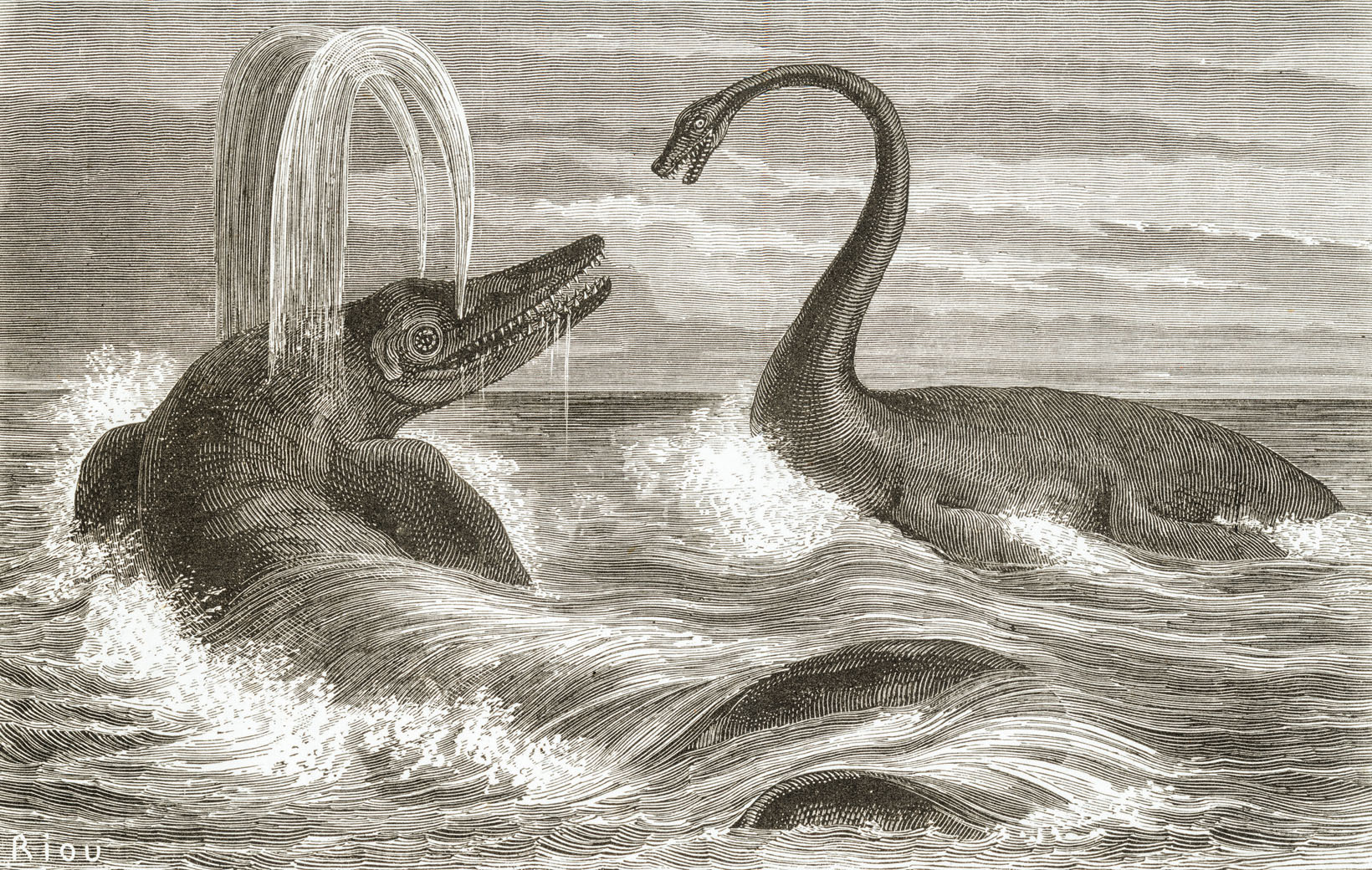
The Cretaceous oceans were home to some of the most terrifying predators ever to exist. Mosasaurs, massive marine lizards, grew to lengths that rival modern sperm whales and possessed jaws lined with teeth designed for gripping and crushing. These weren’t just large lizards that happened to live in water – they were perfectly adapted marine predators that dominated ocean ecosystems worldwide.
Plesiosaurs represented another evolutionary approach to marine predation, with some species developing extraordinarily long necks for surprise attacks while others became massive, short-necked powerhouses designed for tackling large prey. The diversity of marine predator body plans reflects the incredible variety of hunting opportunities available in Cretaceous seas.
The success of these marine predators was built on the foundation of incredibly productive ocean ecosystems. Warm seas supported massive populations of fish, squid, and other marine life, while the extensive shallow seas provided perfect nursery areas for both predators and prey. This marine productivity was so intense that it could support multiple apex predator species in the same waters.
The Spinosaur Enigma: Specialized Fishing Giants
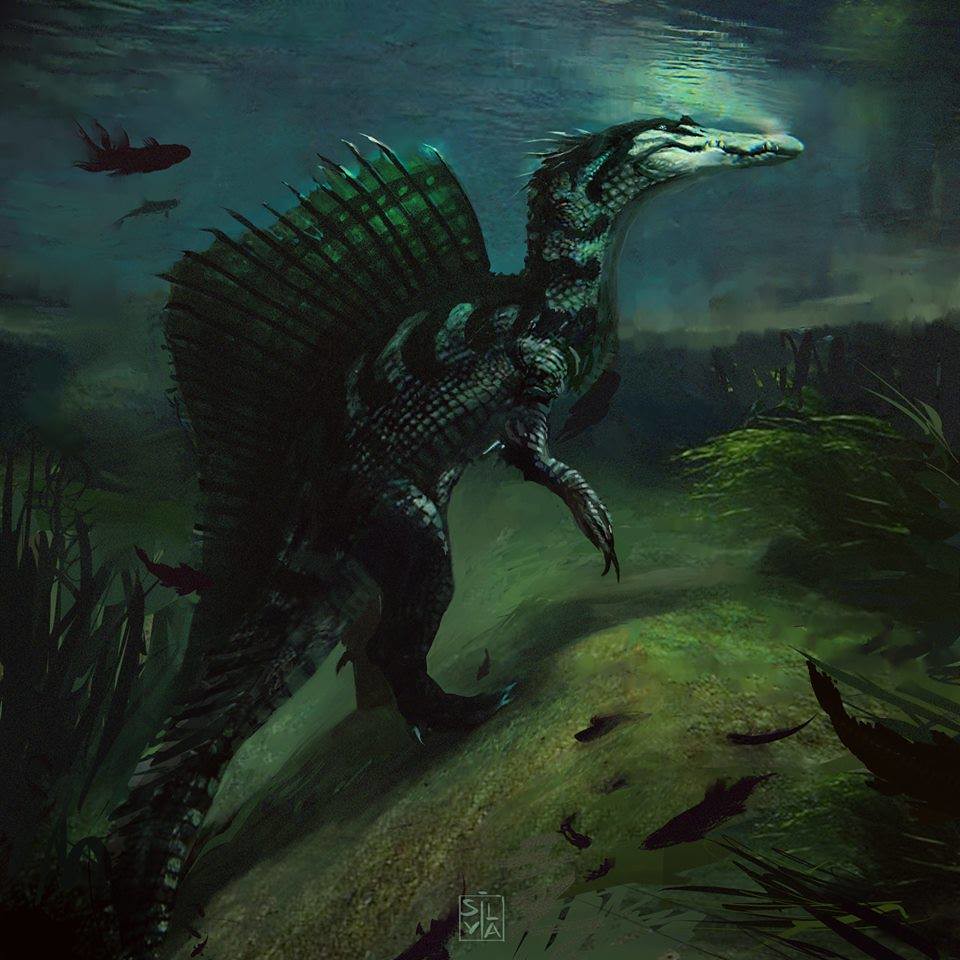
Spinosaurus and its relatives represent one of evolution’s most fascinating experiments in predator design. These massive theropods abandoned the typical tyrannosaur body plan in favor of adaptations for semi-aquatic hunting, developing crocodile-like skulls, webbed feet, and distinctive sail-like structures on their backs. They were essentially giant fishing machines perfectly adapted for life along river systems and coastal environments.
The specialization of spinosaurs highlights the incredible diversity of ecological niches available to predators during the Cretaceous. Rather than competing directly with other large theropods, they carved out their own unique hunting territories in aquatic environments. This specialization was only possible because of the abundance of fish and other aquatic prey in Cretaceous water bodies.
Recent discoveries have revealed that spinosaurs were even more aquatic than previously thought, with some species spending significant time underwater actively hunting fish. This level of specialization demonstrates how rich and varied Cretaceous ecosystems were, supporting predators with radically different lifestyles and hunting strategies.
The Great Dying: When Paradise Ended
The asteroid impact that ended the Cretaceous period was like flipping a switch on Earth’s most successful predator-supporting ecosystems. In a matter of months, the complex food webs that had sustained massive predators for millions of years collapsed completely. The impact winter that followed eliminated the primary productivity that formed the foundation of these rich ecosystems.
The extinction event was particularly devastating for large predators because they required enormous amounts of food to survive. As plant communities died and herbivore populations crashed, there simply wasn’t enough energy flowing through ecosystems to support massive carnivores. The very size that made these predators so successful became their greatest liability.
However, the extinction also revealed the remarkable resilience of life. While the giant predators disappeared, smaller carnivores survived and eventually evolved to fill vacant ecological niches. The mammalian predators that inherited the Earth were building on the same fundamental principles that made Cretaceous ecosystems so productive, just on a much smaller scale.
Lessons from the Ultimate Predator Paradise
The Cretaceous period offers profound insights into what makes ecosystems capable of supporting apex predators. The combination of warm climate, high atmospheric oxygen, abundant plant life, and stable conditions created a perfect storm for predator evolution. Understanding these conditions helps us appreciate both the remarkable nature of these ancient ecosystems and the fragility of the complex relationships that sustain large predators.
Modern conservation efforts can learn from the Cretaceous example by recognizing that apex predators require not just large territories, but incredibly productive ecosystems with diverse prey bases. The complexity of Cretaceous food webs reminds us that protecting individual species isn’t enough – we need to preserve entire ecosystem functions to maintain the natural world’s most impressive predators.
The Cretaceous also demonstrates that Earth’s capacity to support massive predators isn’t just about space, but about the fundamental productivity of natural systems. As we face modern environmental challenges, the lessons from this ancient predator paradise remind us of both the incredible potential of natural ecosystems and the catastrophic consequences when they collapse.
The thunder of those ancient footsteps may have fallen silent 66 million years ago, but the ecosystems that supported the ultimate predators continue to inspire our understanding of nature’s incredible potential. What secrets might these ancient worlds still hold for us to discover?



